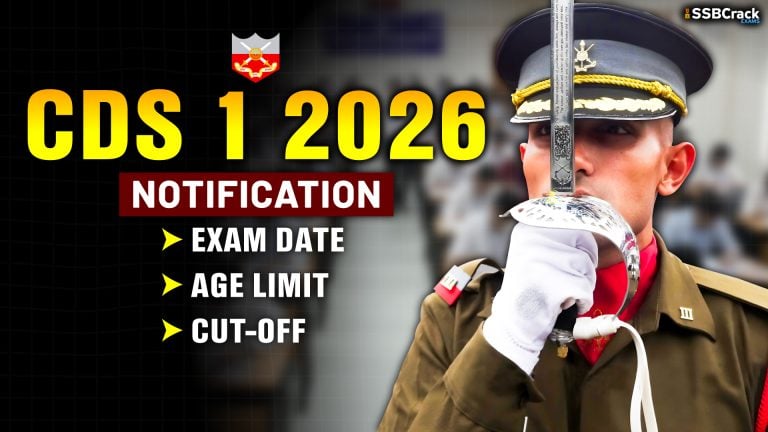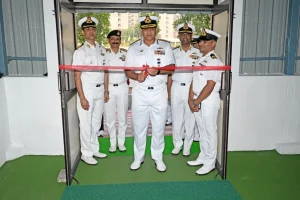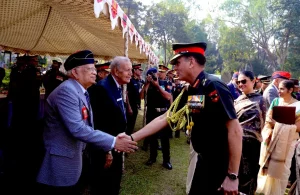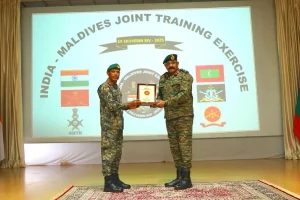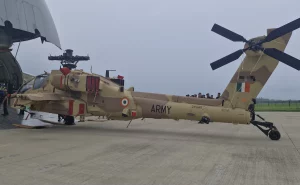In the pursuit of joining the National Defence Academy (NDA) or the Combined Defence Services (CDS), aspirants must comprehend the significance of various facets of national infrastructure. Among these, transport and communications play a pivotal role in not only the civilian domain but also in the military operations and strategic planning. Understanding the importance of these sectors is indispensable for future military leaders.
- Facilitating Mobility: Transportation serves as the backbone of military operations, enabling the swift movement of troops, equipment, and supplies across vast territories. Aspiring officers must grasp the intricacies of various modes of transportation, including land, air, and sea. Knowledge of logistics and transportation management becomes imperative in ensuring the seamless deployment and sustenance of military forces.
- Strategic Deployment: In the dynamic landscape of modern warfare, the ability to deploy forces rapidly and efficiently is paramount. Aspirants should familiarize themselves with strategic transportation networks and their impact on military tactics and operations. Understanding the role of railways, roads, airports, and ports in strategic deployment provides aspiring officers with a comprehensive perspective on defense planning and execution.
- Communication Networks: Effective communication lies at the heart of military coordination and command. Aspirants must recognize the critical role of communication networks in maintaining situational awareness, coordinating troop movements, and issuing commands. Proficiency in utilizing various communication technologies, including radio, satellite, and digital networks, is essential for effective leadership in the armed forces.
- Intelligence Gathering: Transportation and communication networks also serve as conduits for gathering intelligence vital for national security. Aspiring officers should appreciate the interconnectedness of transportation hubs and communication nodes in facilitating intelligence gathering activities. Understanding the nuances of surveillance, reconnaissance, and intelligence operations enhances the strategic acumen of future military leaders.
- Civil-Military Integration: Beyond the realm of defense, transport and communication systems are integral to national development and resilience. Aspirants must recognize the symbiotic relationship between civilian infrastructure and military capabilities. An understanding of civil-military integration enables officers to leverage existing resources and collaborate with civilian authorities during emergencies or national crises.
Conclusion: For aspirants aiming to join the prestigious ranks of the National Defence Academy (NDA) or the Combined Defence Services (CDS), a comprehensive understanding of transport and communications is indispensable. These sectors form the bedrock of military operations, strategic planning, and national security. By appreciating the multifaceted role of transportation and communication networks, aspiring officers equip themselves with the knowledge and skills necessary to lead with foresight and effectiveness in defense of the nation.
As you embark on your journey towards a career in the armed forces, remember the words of Sun Tzu, “The line between disorder and order lies in logistics.” Mastering the intricacies of transport and communications will undoubtedly strengthen your resolve to serve your nation with honor and distinction.






